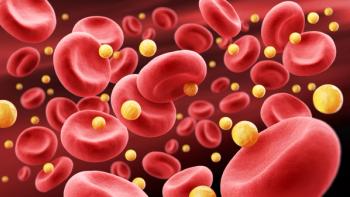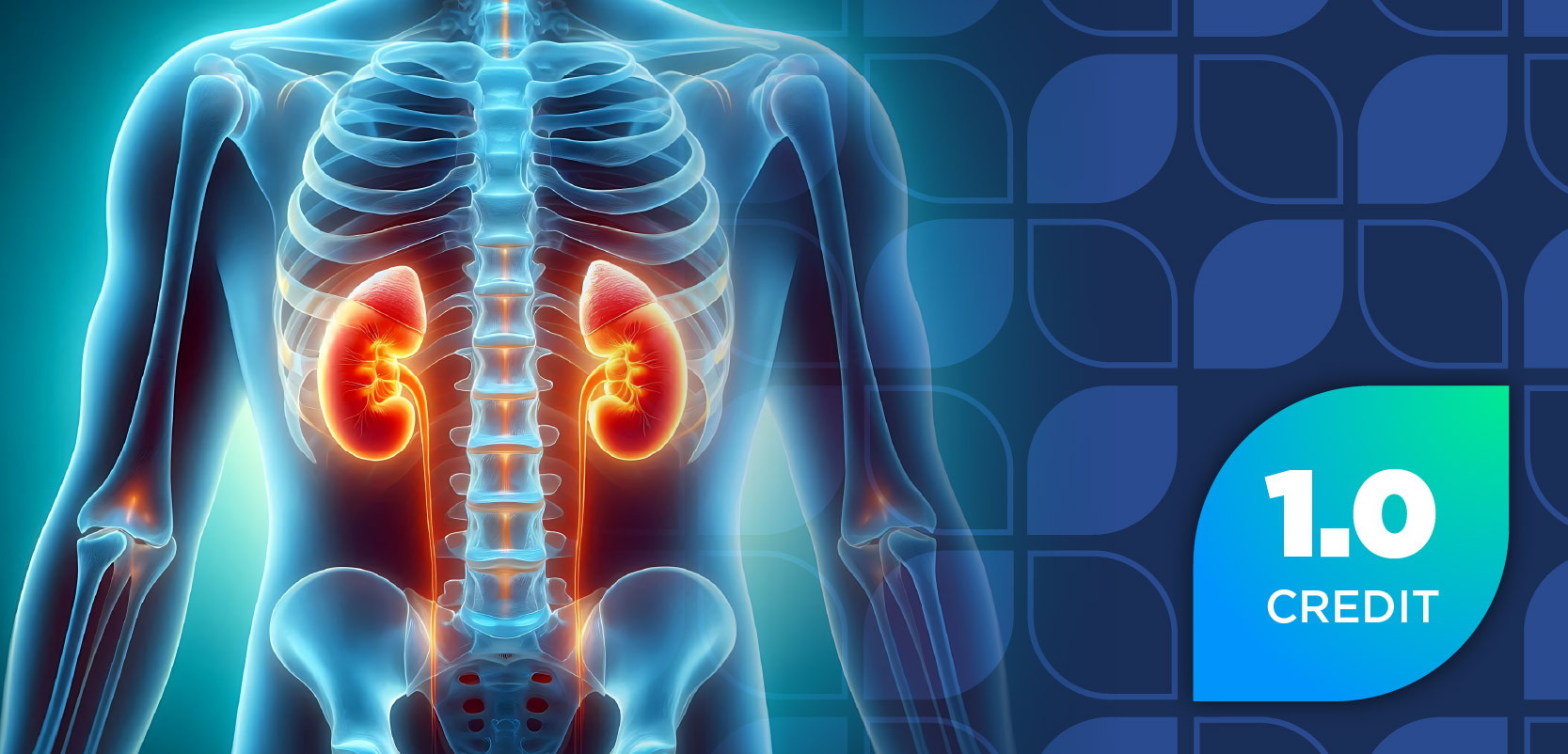
OLC Demonstrates Safety and Tolerability in Patients With CKD and Hyperphosphatemia
Key Takeaways
- OLC demonstrated strong efficacy in reducing serum phosphate levels in patients with CKD on hemodialysis, with 91% achieving target concentrations.
- The trial highlighted OLC's favorable tolerability, with mild gastrointestinal adverse events being the most common.
A phase 2 trial shows oxylanthanum carbonate (OLC) effectively manages hyperphosphatemia in patients with chronic kidney disease (CKD), offering a promising treatment option.
In a phase 2 trial, oxylanthanum carbonate (OLC; Unicycive Therapeutics) was observed to be well tolerated and enabled serum phosphate concentration in most patients with chronic kidney disease (CKD) with hyperphosphatemia. Of note, treatment-emergent and treatment-related adverse events (AEs) were relatively minor, and few patients discontinued treatment because of AEs.1
Kidney failure, or renal failure, occurs when 1 or both of a patient’s kidneys no longer function well on their own. It can sometimes be temporary and develop quickly (acute failure); other times, it is a long-term condition that slowly worsens (chronic failure, or CKD). In some patients, symptoms may not be experienced or recognizable during the earlier stages of disease; however, CKD may still cause damage even if asymptomatic.2
CKD involves a gradual loss of kidney function. Treatment for CKD involves the slowing of kidney disease progression, which is typically induced by controlling the innate cause of disease. If untreated, unaddressed, or mismanaged, CKD can progress to end-stage kidney failure, which is fatal without a kidney transplant or dialysis, according to Mayo Clinic.3
In patients with kidney failure who are receiving maintenance dialysis, hyperphosphatemia is typically managed by dietary phosphate restriction as well as the provision of phosphate binders. OLC is a phosphate binder with a high potency undergoing development and evaluation in clinical trials. Compared with other therapeutic options, it is formulated in a small pill that can be swallowed whole.1
A total of 86 adult patients receiving maintenance hemodialysis with hyperphosphatemia were enrolled and treated with OLC in this open-label, single-arm, multicenter phase 2 trial. Patients were eligible for enrollment if they had serum phosphate concentrations of 4.0 to 7.5 mg/dL for at least 8 weeks prior to screening while receiving hemodialysis 3 times per week and a stable phosphate binder regimen. The primary end point was to evaluate OLC’s tolerability at clinically effective doses with a goal serum phosphate concentration of 5.5 mg/dL or less.1
Further, the trial consisted of washout, titration, and maintenance periods, and patients entered the maintenance period once their serum phosphate concentrations were 5.5 mg/dL or less. During the titration period, patients received 1500 mg of OLC per day, administered as three 500-mg doses.1
The findings demonstrated that, at screening, serum phosphate was 5.5 mg/dL or less in approximately 59% (n = 51) of patients. Additionally, 91% (n = 78) of patients entered the maintenance phase; among this group, 91% (n = 71) of patients achieved a serum phosphate concentration of 5.5 mg/dL or less on OLC.1
“With the favorable tolerability, strong efficacy, and low pill burden highlighted in this prestigious publication, we continue to believe that OLC has the potential to offer patients a new option that could help improve adherence to treatment over time,” Shalabh Gupta, MD, CEO of Unicycive Therapeutics, said in a news release. “This pivotal study was the final clinical evidence needed for our NDA package. We continue to collaborate closely with the [US FDA] as we address their outstanding manufacturing questions and align on a path forward to bring OLC to this underserved patient population as quickly as possible.”4
Furthermore, the most common treatment-related AEs were gastrointestinal and included diarrhea (9%) and vomiting (6%); all other treatment-related AEs were reported in less than 5% of patients. There was minimal to no systemic absorption of lanthanum observed following administration of OLC 1000 mg 3 times per day. Notably, 3 patients (4%) discontinued OLC because of treatment-related AEs.1
“Despite the various treatment options available, there remains a significant need in managing hyperphosphatemia, which heavily impacts people with chronic kidney disease on dialysis,” principal investigator Pablo Pergola, MD, PhD, research director, clinical advancement center, Renal Associates, PA, said. “These data add to the growing body of clinical evidence supporting the potential of OLC as an innovative treatment option, demonstrating effective phosphate control and reducing pill burden. OLC’s unique profile offers a promising alternative with favorable tolerability, potentially transforming the standard of care for patients.”4
REFERENCES
1. Block GA, Chertow GM, Reddy G, et al. A Phase 2 Clinical Trial of Oxylanthanum Carbonate in Patients Receiving Maintenance Hemodialysis with Hyperphosphatemia. Clin J Am Soc Nephrol. Published online July 14, 2025. doi:10.2215/CJN.0000000780
2. Cleveland Clinic. Kidney Failure. Accessed July 28, 2025. https://my.clevelandclinic.org/health/diseases/17689-kidney-failure
3. Mayo Clinic. Chronic kidney disease. Accessed July 28, 2025. https://www.mayoclinic.org/diseases-conditions/chronic-kidney-disease/symptoms-causes/syc-20354521
4. Unicycive Therapeutics. Unicycive Therapeutics Announces the Publication of Oxylanthanum Carbonate Pivotal Trial Data in Clinical Journal of the American Society of Nephrology. News release. July 24, 2025. Accessed July 28, 2025. https://www.globenewswire.com/news-release/2025/07/24/3121018/0/en/Unicycive-Therapeutics-Announces-the-Publication-of-Oxylanthanum-Carbonate-Pivotal-Trial-Data-in-Clinical-Journal-of-the-American-Society-of-Nephrology.html
Newsletter
Stay informed on drug updates, treatment guidelines, and pharmacy practice trends—subscribe to Pharmacy Times for weekly clinical insights.


















































































































































































































